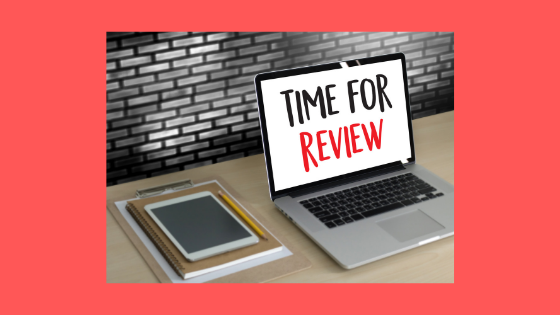Performance Evaluations: What Not to Do

Performance evaluations can be stressful not just for the employee on the receiving end, but for managers as well. As is the case with many managerial topics, elements of a successful review are typically not included in library school curricula. This means many new managers enter the process with little to no idea of what is expected of them, or helpful for their employees.
While it can be tempting to just skip reviews entirely in this scenario, that is not helpful to staff either. Instead, it pays to learn about what goes into a proper evaluation. The end result is undeniably positive for both parties. From a properly administered review, employees can gain a clearer sense of what they are doing well and what needs to be worked on. In turn, managers will likely see an uptick in performance and a more engaged workforce.
Here are some things to avoid, or practices that do not work when it comes to administering performance evaluations:
- Not doing them. This may seem obvious, but many managers will simply avoid this step if they are unsure of what to do, or find themselves short on time. Regular reviews are essential for the health of any organization. Employees will feel more connected to their job and their library’s mission if they know how their work is affecting the organization. Goal-setting is crucial to sustained performance growth, and evaluations provide an excellent venue to create benchmarks to work towards. In particular, managers may want to use evaluations as an opportunity to help their employees develop SMART (specific, measureable, attainable, relevant, and time-found) goals.[1]
- Bringing up too much new information. If an employee is facing disciplinary action, or a certain recurring behavior needs to be corrected, an annual review is not the proper venue to make this known for the first time. Instead, problems should be communicated to the employee on a regular basis throughout the year. Reviews are intended to bring attention to overall trends in performance – both positive and negative – over time. If an employee commits a significant infraction, any discussion or disciplinary action should be taken then and there – not months later during a performance review, when recall may be lessened.
- Not providing concrete examples. Overly general statements like “you need to be more organized” or “you need to work on customer service” do not help anyone. Employees will not know specifically have to correct their behavior, and it is tougher for managers to act on vague assertions. Instead, clarify by offering examples. Something along the lines of “Sally, I would like you to work on written outlines of your story times in advance so your colleagues are able to fill in for you in the event of an unexpected absence” is far more actionable than simply asking a children’s librarian to be more organized. Similarly, “John, let’s work on practicing empathy with patrons who are having a difficult time” is more helpful than simply asking him to work on customer service.
- Reviews are a top-down experience only. Asking employees to work on a self-evaluation before they are evaluated by their manager can be hugely helpful. This will not only help the employee enter the right mindset in advance of the evaluation, but it will transform the meeting dynamics. Instead of the manager lecturing the employee, this opens a dialogue that may not exist otherwise. BJ Gallagher of the American Management Association writes, “Whatever the situation, talking about the gap between your evaluation and theirs will be fruitful in getting you both on the same page (both literally and figuratively) in terms of future expectations.”[2]
- Evaluating people instead of performance. Gallagher also notes that it is best to evaluate employees on tangible items like specific behaviors and their results, instead of inherent traits such as personality, willpower, etc. Evaluating based on an employee’s demeanor can be unfair and unintentionally lead to bias; for example, an extroverted boss may view an employee’s introverted habits as bad, when they are really just different. Instead, sticking to observable behaviors and outputs (e.g. number of programs performed, patron satisfaction, etc.) is a more fair practice that can actually result in performance improvement.
When administered correctly, performance evaluations can have a truly positive effect on libraries as workplaces. Although they may seem daunting to a new manager, they are worth the time and effort. Managers, do you have a favorite evaluation tip, or something you’ve learned to avoid? Sound off in the comments!
- “SMART Goals: A How to Guide.” 2016. Accessed August 6, 2019. https://www.ucop.edu/local-human-resources/_files/performance-appraisal/How to write SMART Goals v2.pdf.
- Gallagher, BJ. “The DOs and DON’Ts of Performance Reviews.” January 24, 2019. Accessed August 6, 2019. https://www.amanet.org/articles/the-dos-and-don-ts-of-performance-reviews/.
Tags: administering performance evaluations, library manager, performance evaluations












